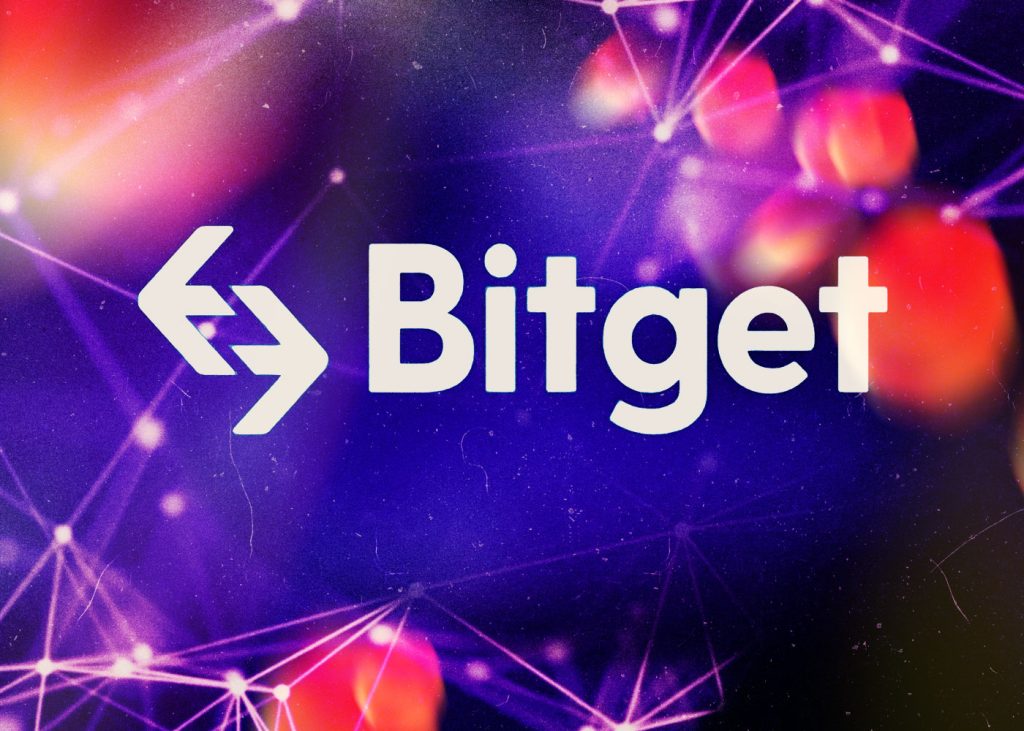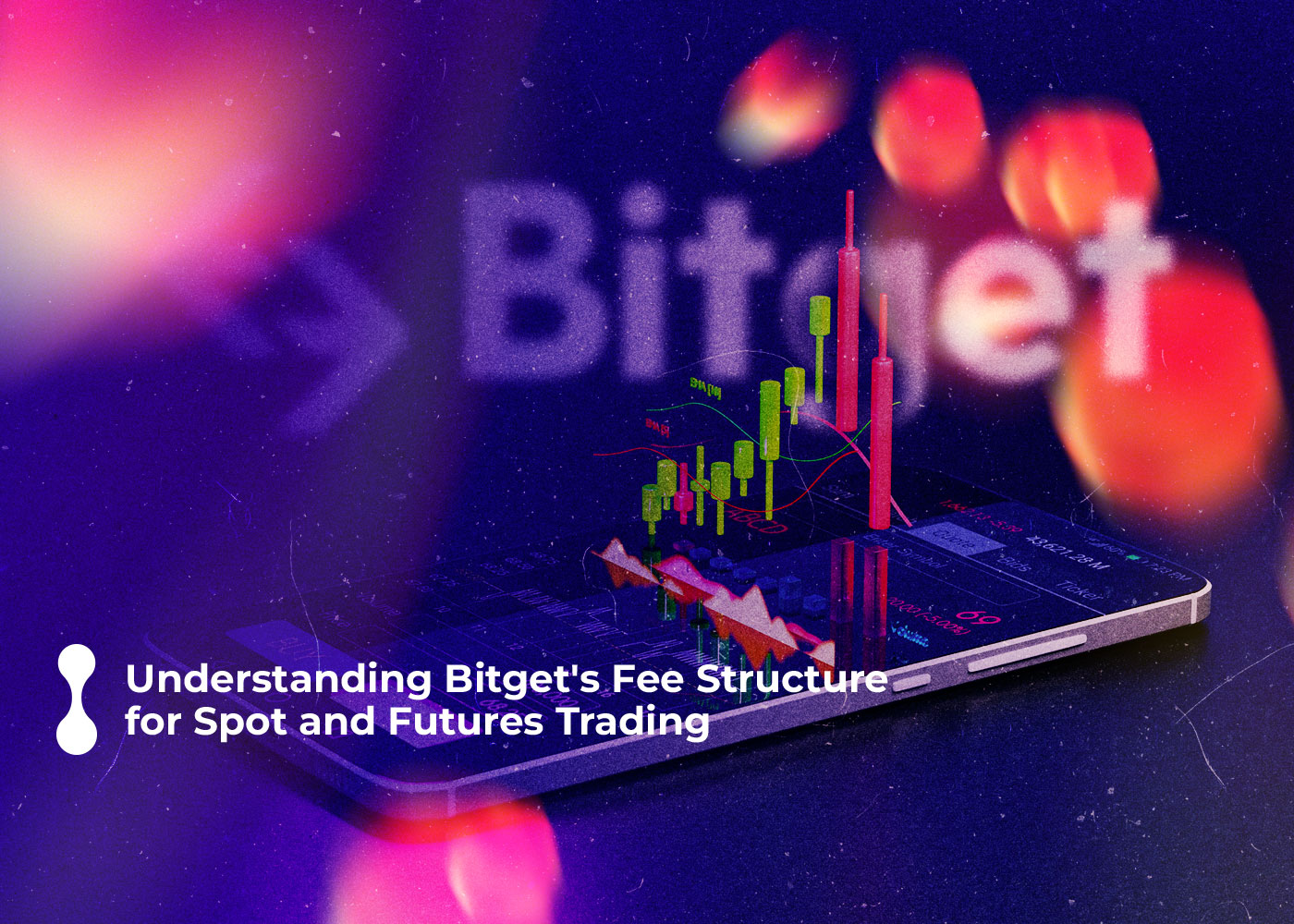When it comes to trading on the Bitget platform grasping the fee structure is one of the most important steps . Whether you are engaged in spot trading or futures trading ,if you know how fees are calculated it can positively impact your trading experience . In this article we will delve into Bitget’s fee structure inform you of the necessary information and guide you on how to navigate the fee system .
Spot Trading Fees: Zero Deposit Fees and How to Reduce Transaction Costs

One of the benefits of Bitget is that it does not charge any fees for crypto deposits . You can effortlessly deposit your cryptocurrencies into the platform without suffering additional costs . But when it comes to spot trading there is a standard trading fee of 0 .1 % for both makers and takers . It is essential to keep an eye on Bitget’s Fee Schedule Page for up-to-date information on trading fees .
A valuable tip for lowering spot trading transaction fees on Bitget is to use their native token which is called BGB (Bitget’s native token) for payment . When you use BGB you can have a 20 % reduction in spot trading transaction fees . If you have BGB in your account the spot trading fees will be automatically taken from your BGB balance . But if your BGB balance is not enough to cover the transaction the fee is going to be paid in full according to the original method .
Decoding Futures Fee Calculations: Makers, Takers and the Formula for Fee Calculation
Futures trading on Bitget introduces a different fee structure in which makers and takers face distinct transaction costs . Makers are charged a fee of 0 .02% while takers face a fee of 0 .06% . To better grasp how the futures fee is calculated let’s look at the formula that is behind it .
Futures Fee Calculations on Bitget
The calculation of futures fees on Bitget differs on the product type and whether you are a maker or a taker . Before we delve into the formula for fee calculations it is essential to clarify the roles of makers and takers in the market .
In any market there are makers and takers . Makers contribute to liquidity by creating a market for a token on the exchange while takers fulfill open orders and remove liquidity . To simplify makers create buying or selling orders that are not executed immediately . Instead they wait for their orders to be filled and in that way provide liquidity to the exchange . As a result makers are rewarded with lower transaction fees .
On the other hand takers fill in the orders created by makers . They take advantage of the liquidity provided by the makers to instantly buy or sell assets . Typically takers pay higher transaction fees for using this liquidity .
Futures Transaction Fee Formula on Bitget
The formula that is shown below is used to calculate the transaction fee for futures trading on Bitget :
Transaction fee = Order value x Fee rate
Order value = Number of contracts x Price
Understanding Bitget’s fee structure and fee calculations is essential for successful trading on the platform . By familiarizing yourself with the fees that are associated with spot and futures trading you can make informed decisions and optimize your trading strategies on Bitget . Remember to regularly examine Bitget’s Fee Schedule Page to stay updated on the latest fee information .
